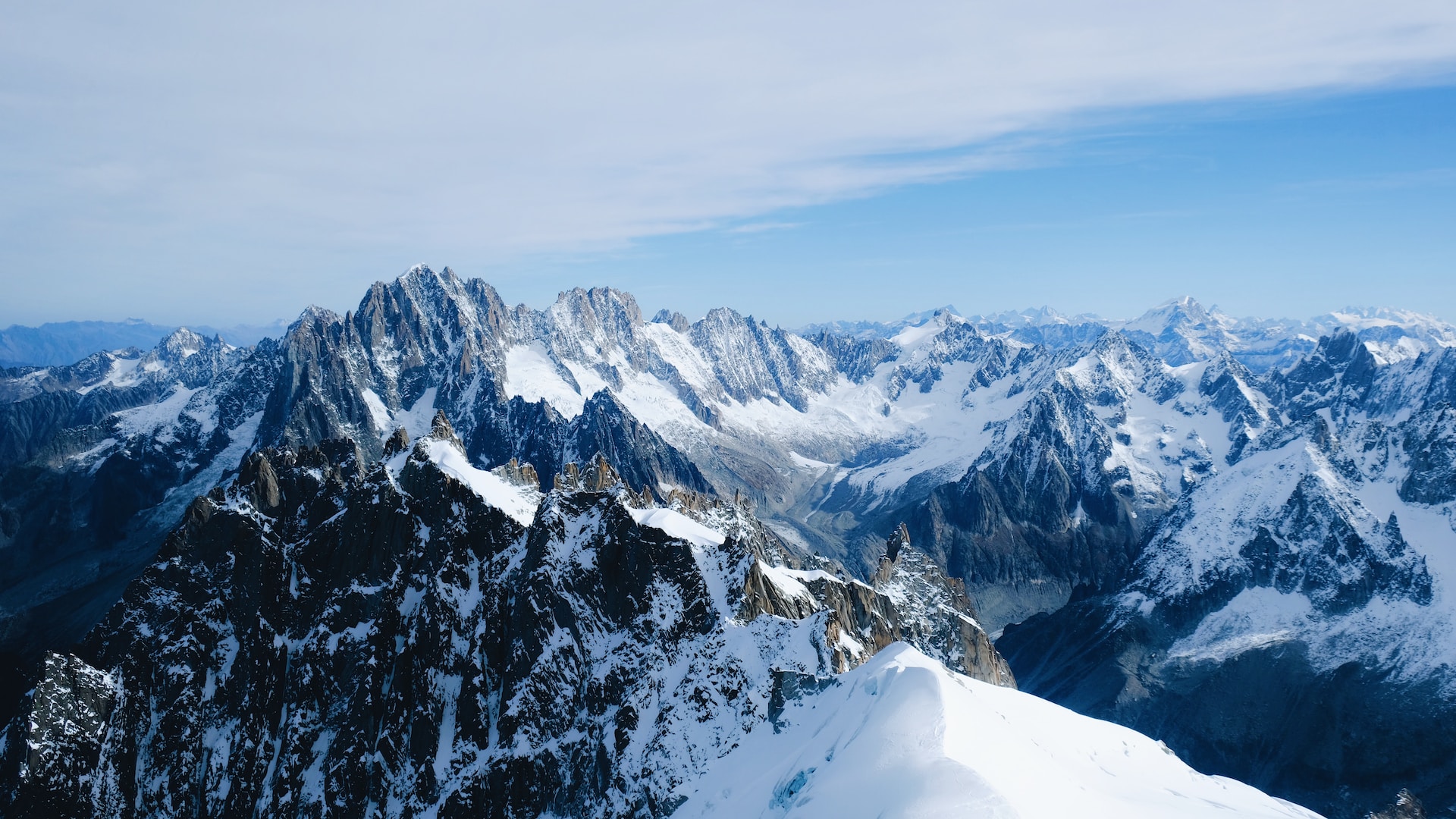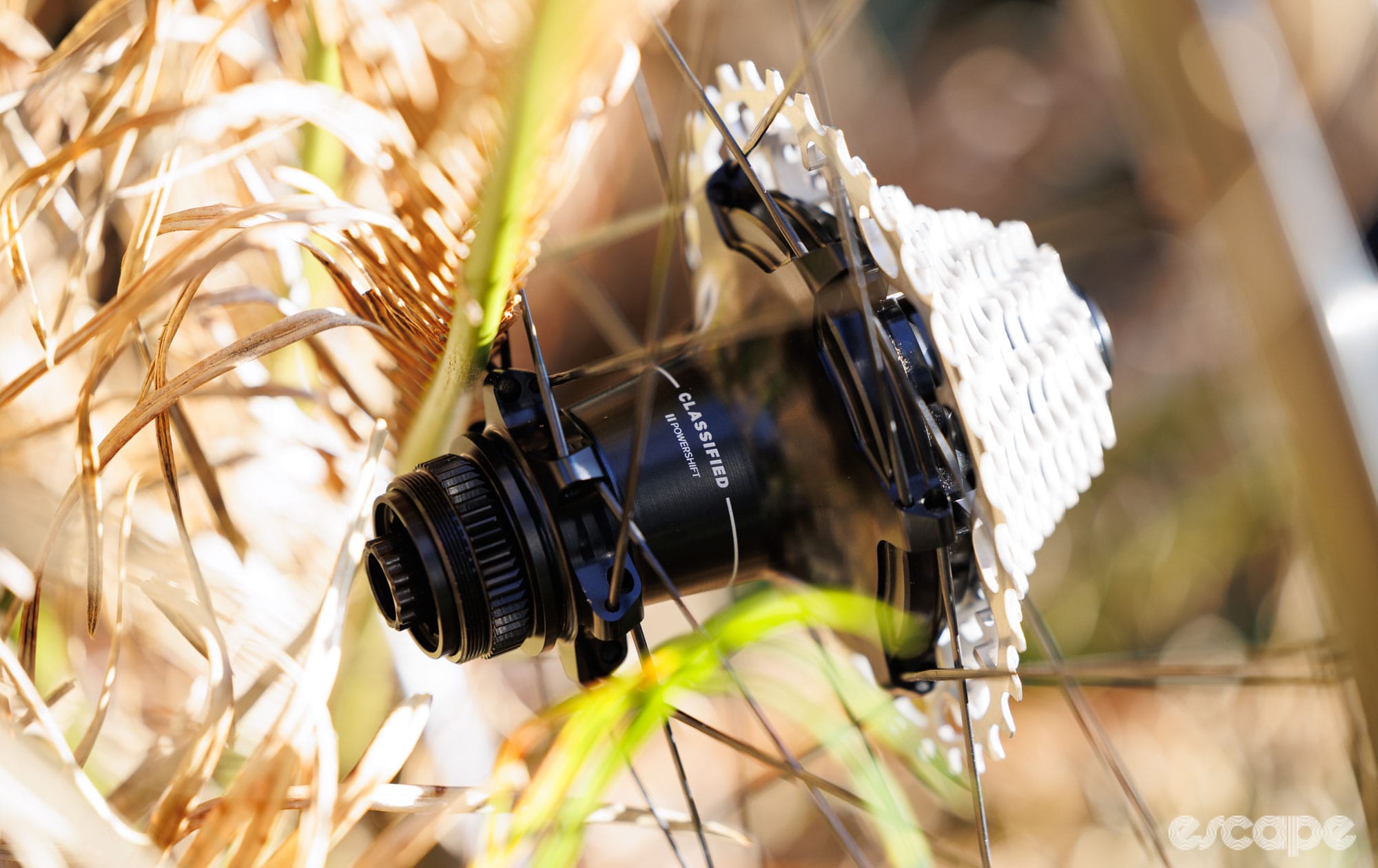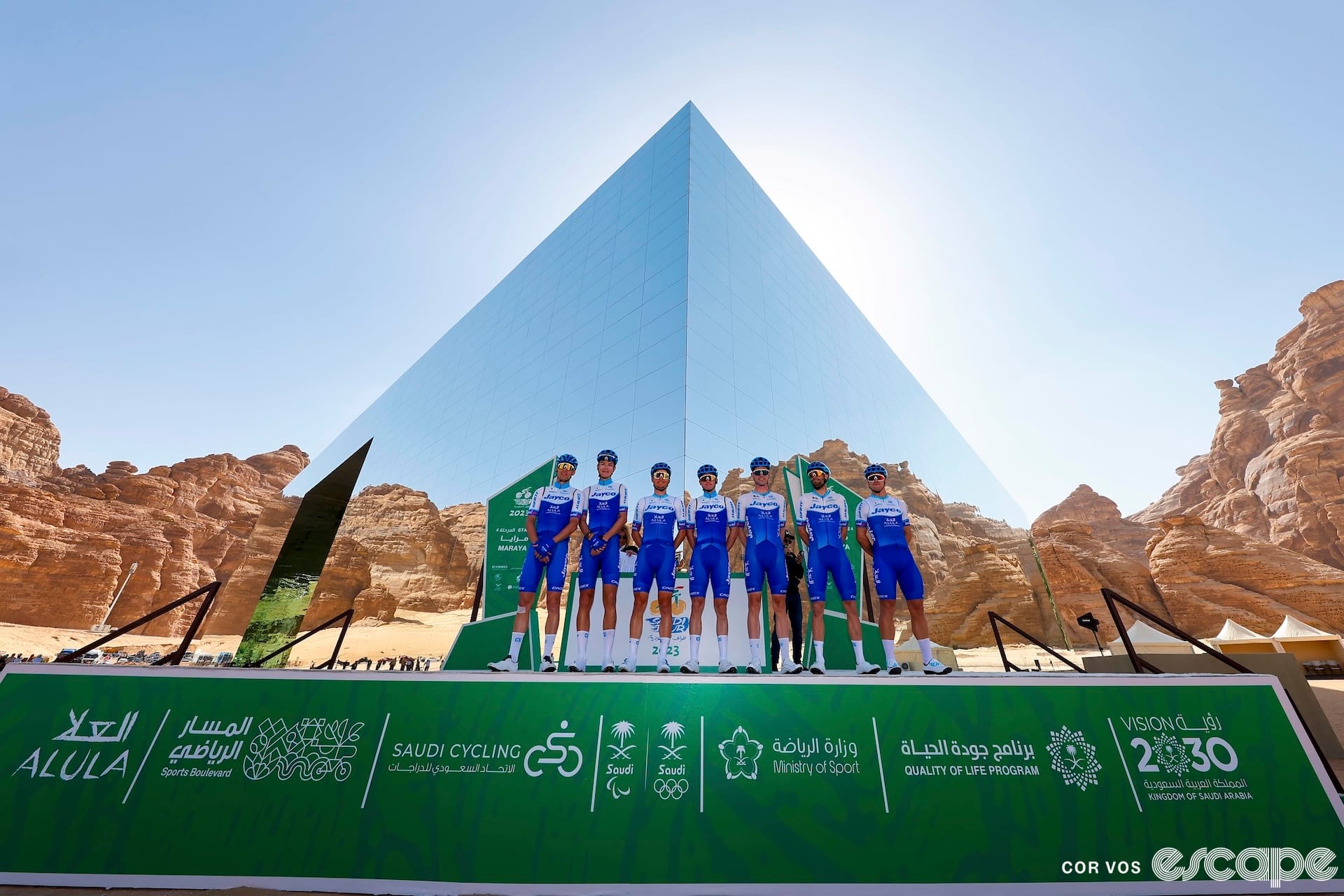The Alps are absolutely gorgeous and today’s stage will be no different. I don’t know what the race will bring because I can’t look into the future but I do predict excitement on the final climb to the town of St-Gervais Mont-Blanc. The finish is only at 1,372 meters above sea level but Mont Blanc itself reaches much higher.
It is actually the highest mountain peak in the Mont Blanc massif, France, and the entire Alps. At 4,810 meters it is even one of the highest mountains in Europe, only behind a number of peaks from the Caucasus Mountains spread over Russia, Georgia, Armenia, and Azerbaijan.
The mountain top is shared with Italy and it is therefore also the highest mountain in Italy. The absolute top is in the French part though.
Mont Blanc is the site of many epic mountain climbing adventures. Several failed attempts were made from 1760 to 1786 but the first climbers reached the top 237 years ago.
Two residents of Chamonix left on August 8, 1786 at 4.15am and conquered the mountain from the French side. They arrived at the top at 6.30pm that night. The two Frenchmen were Jacques Belmat and Michel Paccard, crystal hunter and doctor respectively. Which of the two reached the top first is still a mystery.
Mont Blanc used to be called Mont Maudit for a long time, meaning "the accursed mountain" or "damned mountain". This was the case on January 24, 1966 as Air India Flight 101 started its descent to Geneva Airport. The pilot miscalculated the aircraft's altitude and the Boeing 707 headed directly for the summit of Mont Blanc. All 117 people on board were killed as the plane crashed. A mountain guide said right after the crash: “Everything was completely pulverized. Nothing was identifiable except for a few letters and packets." Yet Air India Flight 101 did appear to hold some precious cargo.
It was almost half a century later that a package with 100 precious emeralds, sapphires, and rubies was found. During the crash it was flung through the air and swallowed by nearby ice. A local climber found the bag in September 2013, 47 years after the crash it was assumed to have originated from. The climber who found them brought them to the local police. They lauded his honesty saying: "He could have kept them but he chose to turn them in because he knew they belonged to someone who probably perished."
A few years went by as attempts were made to find the rightful owners. Two families by the same name of Ischaroff came forward claiming the gems belonged to them. An extra complication in finding the rightful owners was that the 1966 crash was not the only Indian plane that crashed in that spot. In November of 1950 there were also a crash killing 58 people. It couldn’t be ruled out the stones weren’t from that flight although most people involved assume they came from the 1966 crash. After some extensive research the owners of the valuable stones were never found. The treasure went back to the finder.
The honest finder and the French local authorities got to keep the treasure and both received half of its value, estimated at US$340,000.
Did we do a good job with this story?






